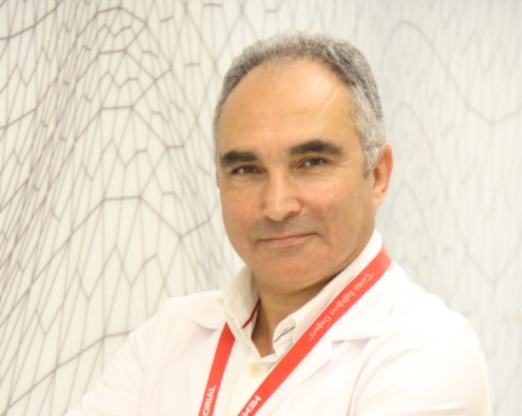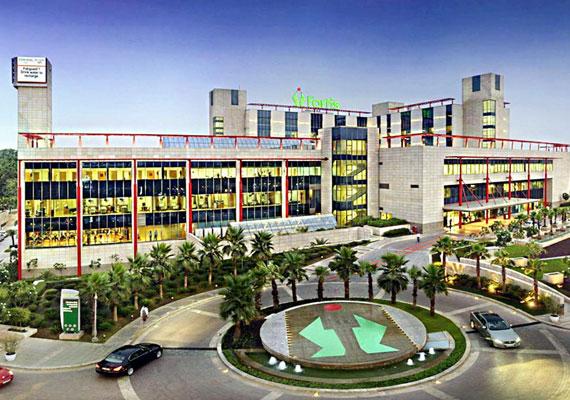Redo CABG Treatment in India
treatment
starting from
Introduction
In the realm of cardiovascular medicine, coronary artery bypass grafting (CABG) is a well-established surgical procedure that has helped millions of patients regain their heart health. However, in some cases, patients may require a second or subsequent CABG surgery, commonly referred to as "Redo CABG." This blog aims to shed light on the reasons behind the need for Redo CABG, the procedure itself, and the challenges and outcomes associated with this complex surgery.
Understanding CABG
Before delving into Redo CABG, it is essential to comprehend the primary CABG procedure. CABG is performed to bypass blocked or narrowed coronary arteries, restoring adequate blood flow to the heart muscle. During the surgery, a healthy blood vessel (usually taken from the leg, arm, or chest) is grafted to the blocked artery, effectively bypassing the obstructed segment.
Reasons for Redo CABG
- Disease Progression: While CABG provides significant relief for many patients, coronary artery disease is a progressive condition. Over time, new blockages may develop in previously unobstructed arteries, necessitating a redo procedure.
- Graft Failure: In some cases, the grafted blood vessels used in the initial CABG may become clogged or fail to function adequately. This may occur due to factors such as graft material, patient's health, or lifestyle choices.
- Graft Aneurysm: Aneurysms can develop in the grafted vessels, leading to the weakening of the blood vessel wall and potential rupture. Redo CABG may be required to address this life-threatening complication.
- New Blockages: Patients who have undergone CABG are still at risk of developing new blockages in other coronary arteries, which may necessitate additional surgeries.
- Complications: Rarely, complications from the initial CABG, such as infection or graft-related issues, may require a redo procedure.
The Redo CABG Procedure
Redo CABG is a more complex and technically challenging procedure compared to the initial CABG. It requires an experienced and skilled surgical team to navigate scarred tissue, adhesions, and potential complications from the first surgery. The steps involved in Redo CABG are similar to the primary procedure, involving the use of new grafts to bypass blocked arteries and restore blood flow to the heart muscle.
Challenges and Risks
Redo CABG presents several challenges and inherent risks:
- Scar Tissue: Scar tissue from the previous surgery can make it difficult for surgeons to identify and access the arteries, potentially increasing the operative time.
- Bleeding: The presence of scar tissue may lead to increased bleeding during the surgery, requiring meticulous care and expertise to manage.
- Compromised Blood Supply: Due to multiple surgeries and pre-existing heart conditions, the heart may be less tolerant of prolonged ischemia (lack of blood supply), making the procedure riskier.
- Mortality and Morbidity: Redo CABG carries a slightly higher risk of complications and mortality compared to the initial procedure. However, advancements in surgical techniques and perioperative care have improved outcomes significantly.
Outcomes and Prognosis
The success of Redo CABG largely depends on the patient's overall health, the extent of coronary artery disease, the presence of comorbidities, and the surgical team's expertise. Despite the increased complexity, many patients experience relief from symptoms, improved quality of life, and better long-term prognosis after Redo CABG.
Conclusion
Redo CABG is a critical option for patients who have undergone coronary artery bypass grafting but experience disease progression or complications over time. This complex surgical procedure demands a skilled and experienced team of cardiovascular surgeons to navigate the challenges posed by previous surgeries and scar tissue. As medical technology continues to advance, the outcomes and prognosis for patients requiring Redo CABG are continually improving, offering hope and renewed heart health to those in need.
How It Works
Need help in organizing medical travel to India?








